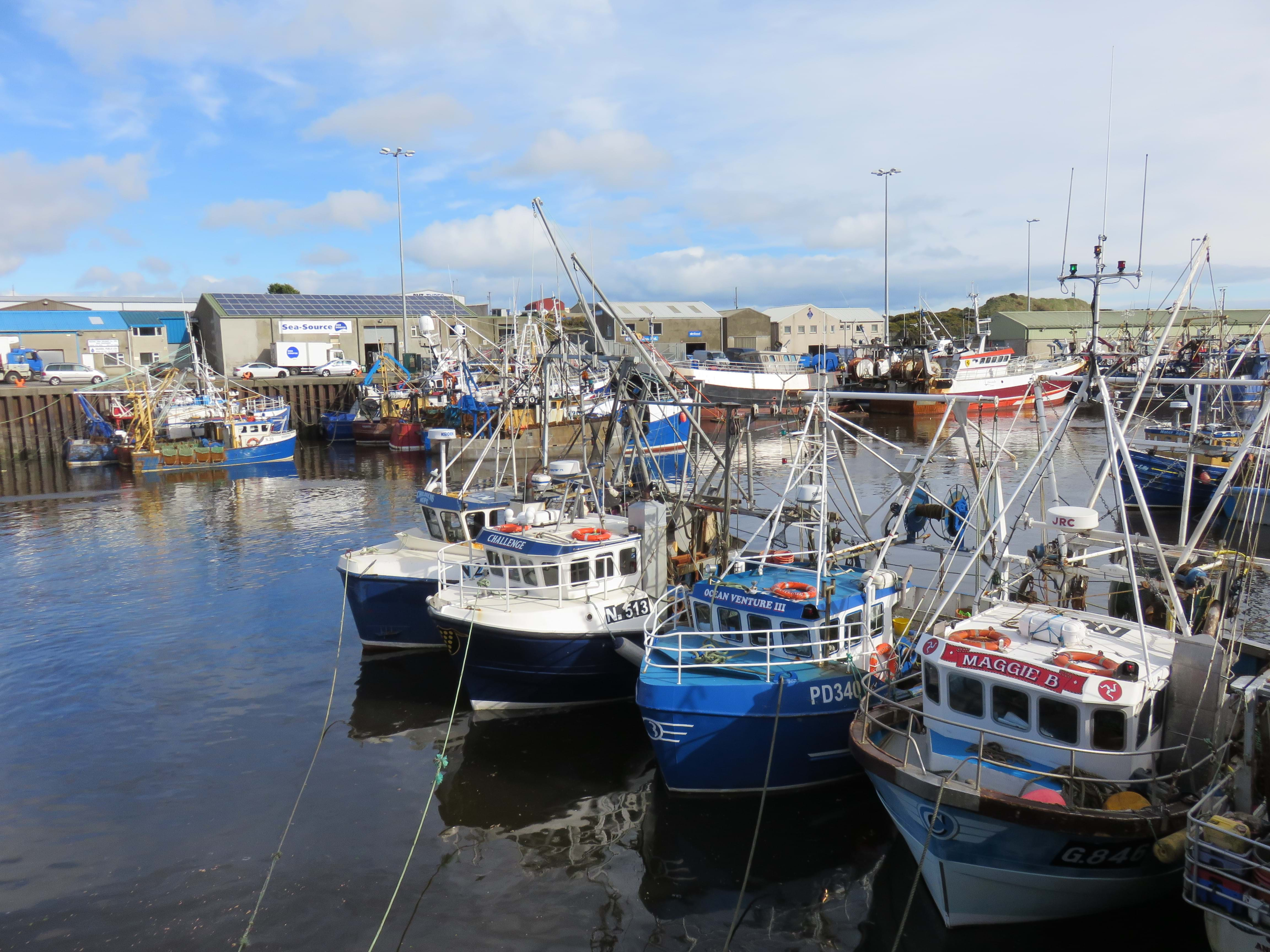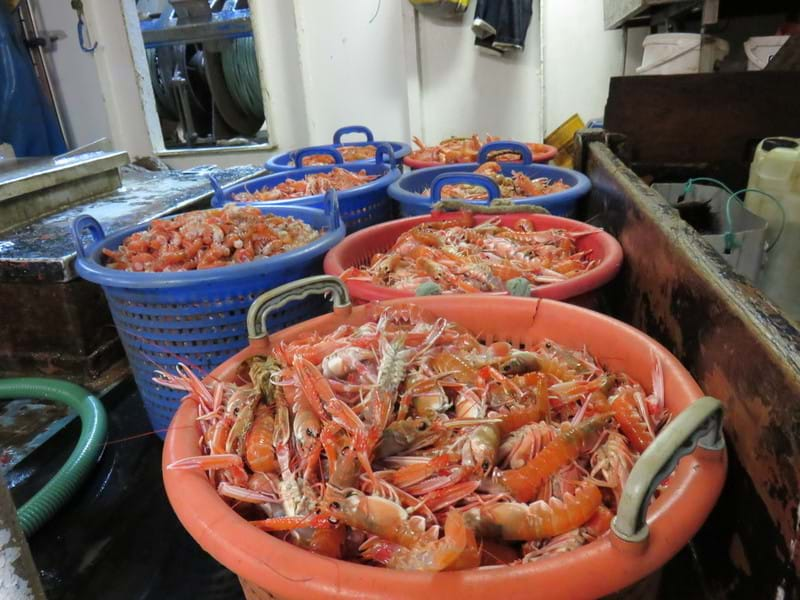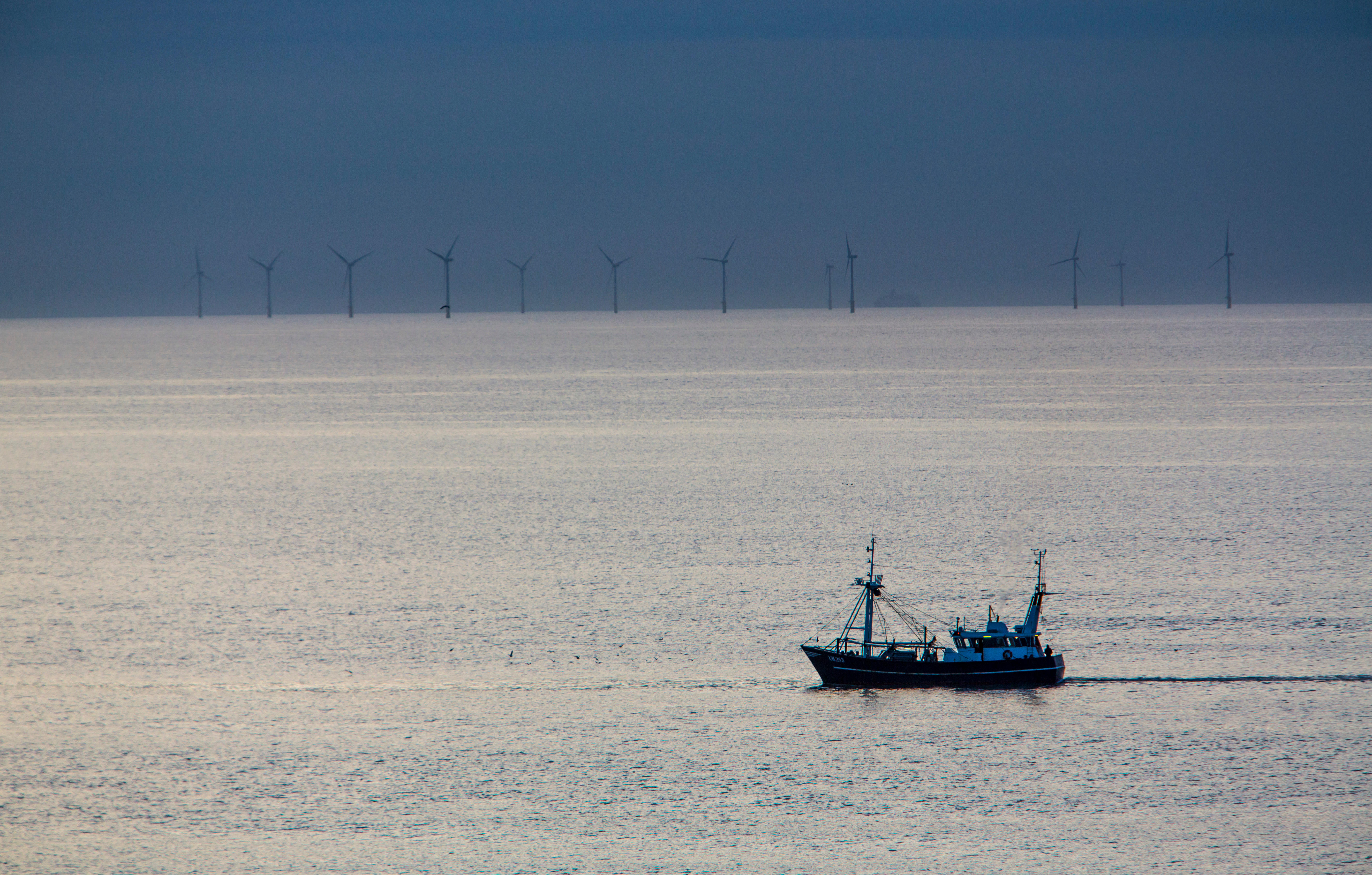Could offshore renewable developments affect shellfish catch?
Since the outbreak of the coronavirus pandemic, the UK government has set out plans to “build back greener” by making the UK a world leader in offshore renewable energy. In October 2020, the Prime Minister said that "offshore wind will be powering every home in the country" by 2030. To achieve these ambitions, there will need to be a continued expansion in offshore renewables.
What do these ambitions mean for the fishing industry around the UK who share these waters and depend on healthy fisheries to making a living?

There has been growing concern amongst the fishing industry in Northern Ireland about the impacts that the growth of offshore renewable energy might have on local shellfish fisheries. The Northern Ireland fishing industry catches 8000 tonnes of crustaceans including Nephrops, crab, lobster and shrimp each year, worth an estimated £17.8M . So anything that affects the shellfish fisheries could harm the viability of the fishing industry.

Responding to concerns from the fishing industry, the Seafish Northern Ireland Advisory Committee (SNIAC) commissioned a study to look at the issue. Information was collected on the effects of renewable energy developments to try and understand if there was any evidence of negative impacts on crustaceans. The findings could help the fishing industry as part of future discussions about the placement of renewable energy developments.
What did the research uncover?
The study highlighted a number of things:
- There are three prominent types of marine renewable energy generation: wave, tidal, and wind. Wind is the most common.
- Underwater noise, vibrations and electromagnetic fields (EMFs) are produced by marine renewable energy devices.
- The impacts of underwater noise, vibrations and EMFs on marine mammals and finfish are much better understood than the impacts on crustaceans.
- Crustaceans are able to detect particle motion in the water, seabed vibrations and electro-magnetic fields (EMFs).

Most importantly, it was found that underwater noise, vibrations and EMFs interfered with cues usually taken from the natural environment, and negatively affected the ability of crustaceans to find food, shelter and a mate. This could have a fundamental and negative impact on survival, reproduction and sustainability of important commercial species and fisheries.
The understanding of how crustaceans detect and are affected by man-made underwater noise, vibration and EMFs is still in its infancy and further work is required. Without improved knowledge and understanding it is impossible to understand the full impacts of renewable energy developments on commercial crustacean species and fisheries.
Further work is also required to develop best practice mitigation options that will reduce any negative effects on some of the most valuable and commercially important UK fisheries.
Explore more on this topic
A summary of the research and the full literature review which details the specific impacts of noise, vibrations and EMFs on a range of crustacean species by St Abbs Marine Station are available at the links below.
-
Summary Document: Underwater noise, vibration, EMFs and impact on commercially important crustaceans
-
Literature Review of the effects of underwater sound vibration and electromagnetic fields on crustaceans
For more information on this project contact Eunice Pinn at Eunice.Pinn@seafish.co.uk.